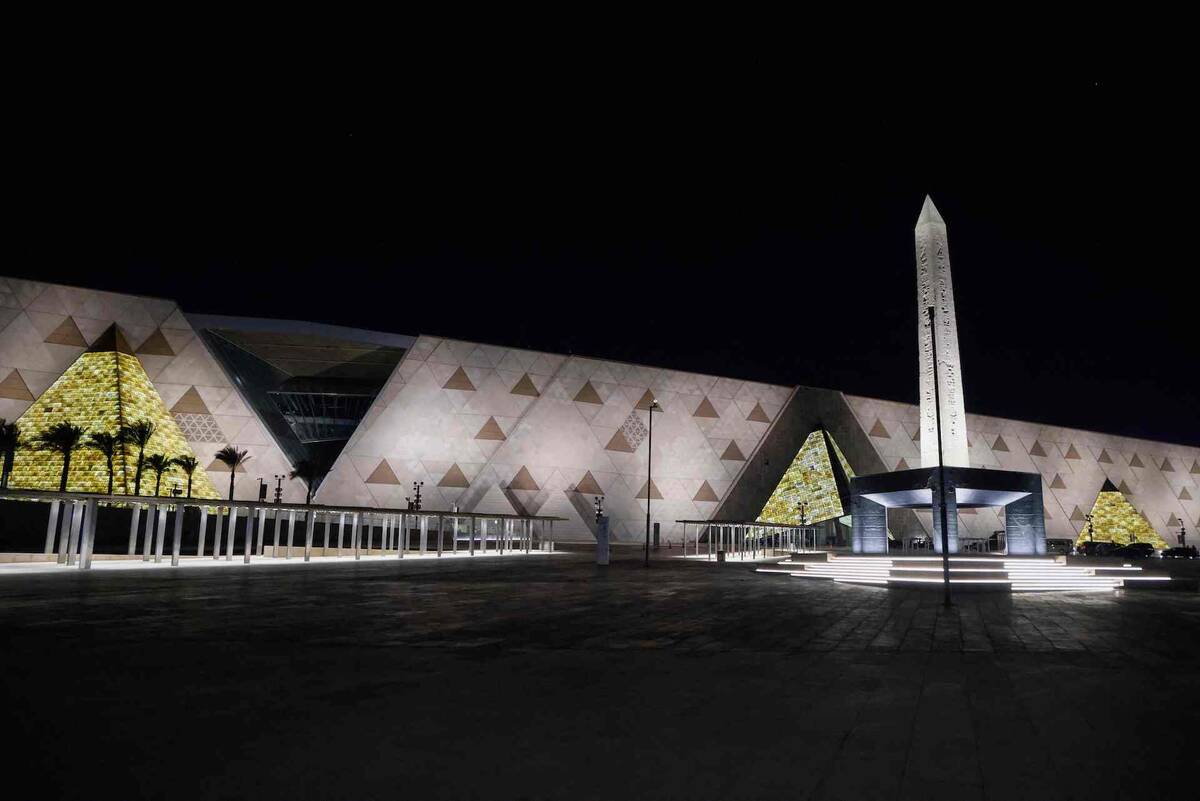JERUSALEM: Prime Minister Benjamin Netanyahu threatened Wednesday to seize parts of Gaza if Hamas does not release hostages, while the militant group warned they would return “in coffins” if Israel does not stop bombing the Palestinian territory.
Just over a week since the military resumed operations following a January truce, Israel said two projectiles were fired from the Gaza Strip, with one intercepted and the other landing near the border, and with no immediate reports of any casualties or damage.
The rocket fire came a day after hundreds of Palestinians staged a rare protest against Hamas, chanting slogans against the movement and calling for an end to the war.
Shattering weeks of relative calm in the war brought by the fragile ceasefire, Israel last week resumed intense bombardment and ground operations across Gaza, while militants returned to launching rocket attacks.
According to the health ministry in Hamas-run Gaza, 830 people have been killed in the territory since Israel resumed its strikes on March 18. No deaths have been reported on the Israeli side.
Israeli officials say the resumption of operations was meant to pressure Hamas into releasing the remaining hostages, after a stalemate in talks with mediators on extending the truce — which saw 33 Israeli captives freed in exchange for Palestinian prisoners.
Israel wanted an extension of the truce’s initial phase, while Hamas demanded talks on a second stage that was meant to lead to a permanent ceasefire.
Netanyahu told parliament that “the more Hamas persists in its refusal to release our hostages, the stronger the pressure we will exert.”
“This includes the seizure of territories, along with other measures I will not elaborate here,” he added, days after his Defense Minister Israel Katz had warned: “The more Hamas refuses to free the hostages, the more territory it will lose, which will be annexed by Israel.”
Of the 251 hostages seized during Hamas’s October 7, 2023 attack on Israel which triggered the war, 58 are still held in Gaza, including 34 the Israeli military says are dead.
“Every time the occupation attempts to retrieve its captives by force, it ends up bringing them back in coffins,” Hamas said in a statement.
The group said it was “doing everything possible to keep the (Israeli) occupation’s captives alive, but the random Zionist bombardment is endangering their lives.”
Gal Gilboa-Dalal, an Israeli survivor of the 2023 attack whose brother was taken hostage, has told AFP he can “constantly imagine our reunion.”
“This moment felt closer than ever and unfortunately, it’s drifting away from me again,” he said of his brother Guy Gilboa-Dalal, taken from a music festival near the Gaza border and last seen in a video shared by Hamas last month.
“We are fighting here against a terrorist organization that only understands force,” said Gal.
“On the other hand, I am terrified that these bombings and this operation... will endanger the hostages there. There’s no way to know what the terrorists might do to them or if a missile might accidentally hit them,” he added
The Hamas attack that sparked the war resulted in the deaths of 1,218 people, mostly civilians, according to an AFP tally based on official figures.
Israel’s retaliatory military offensive has killed at least 50,183 people in Gaza, mostly civilians, according to the health ministry.
In northern Gaza on Tuesday, Palestinians gathered for the biggest anti-Hamas rally since the start of the war, chanting “Hamas out” and “Hamas terrorists.”
Majdi, a protester who did not wish to give his full name, said the “people are tired.”
“If Hamas leaving power in Gaza is the solution, why doesn’t Hamas give up power to protect the people?“
Hamas seized power in Gaza in 2007 after winning a Palestinian election the year before. No vote has been held since.
Levels of discontent toward Hamas in Gaza are difficult to gauge, in part because of its intolerance for public expressions of dissent.
Fatah, the Palestinian movement of president Mahmud Abbas, has called on Hamas to “step aside from governing” Gaza to safeguard the “existence” of Palestinians in the war-battered territory.
Israel threatens to seize parts of Gaza over fate of hostages
https://arab.news/mcep8
Israel threatens to seize parts of Gaza over fate of hostages

- Netanyahu told parliament that “the more Hamas persists in its refusal to release our hostages, the stronger the pressure we will exert”
- Hamas warned hostages would return “in coffins” if Israel does not stop bombing the Palestinian territory


























